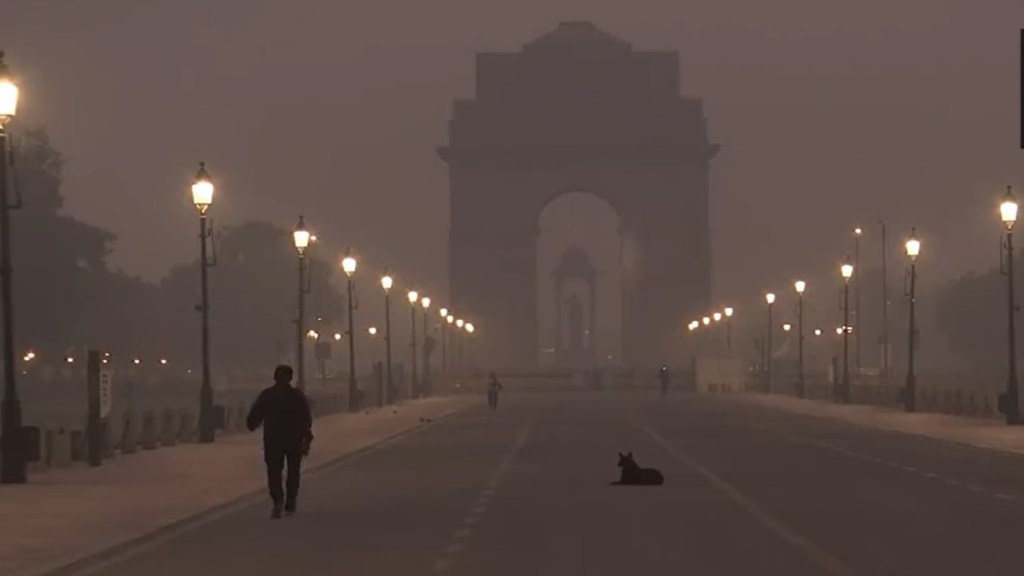The air quality in the national capital has persistently remained in the ‘very poor’ category for five consecutive days with AQI standing at 343 (very poor) on Thursday morning, according to SAFAR-India.
Thursday morning in the national capital was hazy and cold, with the minimum temperature settling at 16.3 degrees Celsius. Air quality monitoring stations at Anand Vihar, Bawana, Mundka, and Punjabi Bagh recorded an Air Quality Index (AQI) in the severe category, while 28 other stations reported a very poor AQI, as per PTI.
Also Read:Explained: Why Delhi faces one of the worst air qualities in India?
The AQI in the national capital stood at 322 on Monday and 327 on Tuesday, according to data provided by the System of Air Quality and Weather Forecasting and Research (SAFAR)-India.
In the NCR, Noida also recorded ‘very poor’ air quality today with an AQI of 397. On Wednesday, the AQI in Noida stood at 391, and in Gurugram, it was 323 (very poor).
What is the Air Quality Index (AQI)?
The Air Quality Index (AQI) is a vital tool for effectively communicating air quality status to the public in an easily understandable manner. It consists of six AQI categories: Good, Satisfactory, Moderately Polluted, Poor, Very Poor, and Severe.
Each category is determined based on the levels of ambient concentrations of air pollutants and their potential health impacts, known as health breakpoints. According to the AQI scale, air quality falls into the following ranges: 0 to 50 is ‘good,’ 51 to 100 is ‘satisfactory,’ 101 to 200 is ‘moderate,’ 201 to 300 is ‘poor,’ 301 to 400 is ‘very poor,’ and 401 to 450 is ‘severe.”
(With inputs from agencies)

